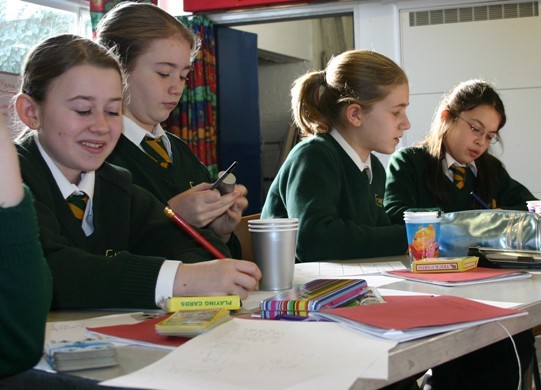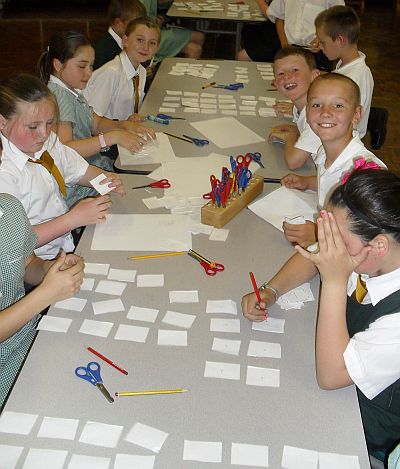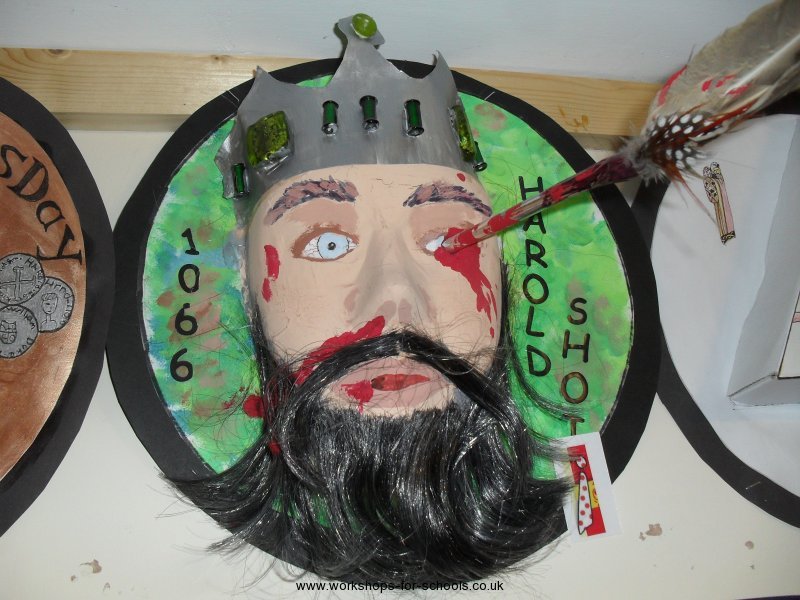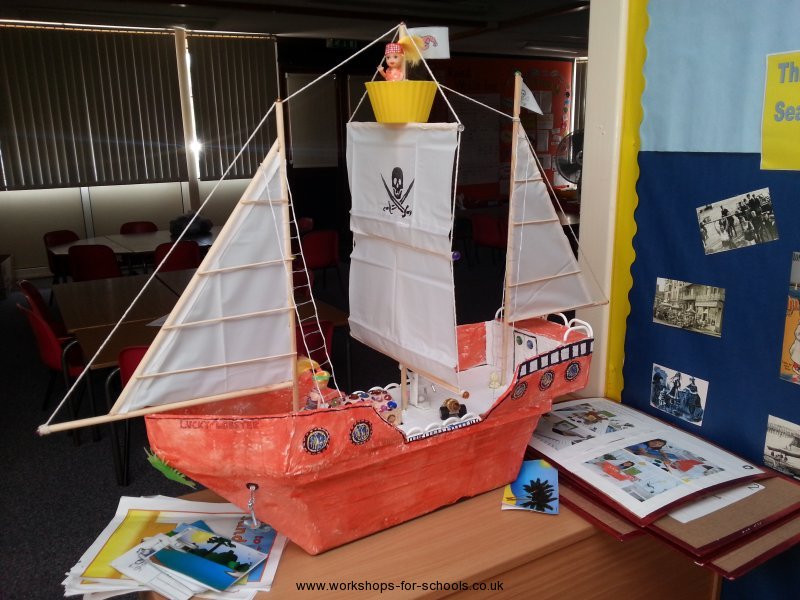My Visit To Caerleon
Living in the north of England means that I reside close to lots of interesting Roman sites including historic York, once the base for the ill fated Ninth Legion, the world famous Hadrian’s Wall and many other fascinating places. My occupation as a school workshop provider takes me to locations all over England. I travel to schools in the North East, the North West, The Midlands and the South. It’s a great job and I do enjoy exploring new places.
I don’t very often travel into Wales and so when I was booked to go to a school in Haverford West I was excited. I realised that my journey would take me along the M4 past Newport and the village of Caerleon which is only a few minutes off the motorway.
In Roman times Caerleon was called Isca and this is where the Roman Army built one of their great Legionary Fortresses. The site was probably selected because of its close proximity to the river Usk enabling the Romans to supply the garrison by boat. Over five thousand men would be stationed here and this meant that a considerable amount of food, weapons and general stores would have to regularly brought in. Isca was to be the base of the Second Augustan Legion. It was from here that they campaigned against and subdued the tribes of South Wales.
There are four main areas of interest, two are outdoors and two are indoors.
The Amphitheatre
Romans loved their games even though they were often brutal and blood thirsty. Animal hunting, gladiator fights and public executions were all regular forms of entertainment. Amphitheatres were built to provide a stadium where live shows of all kinds could be staged. The amphitheatre at Caerleon is the only fully excavated one in Britain and is well worth a visit. When I walked round I found it easy to imagine how it might have been in its glory days. The arena is a perfect circle and it is surrounded by grassy embankments above which once there would have been seating for up to six thousand people.
The Roman Barracks
Across the road from the Amphitheatre is an area where the foundations of some of the barrack blocks have been exposed. The earth mound forming part of the perimeter defences can clearly be seen as well as several entrances, cooking areas and latrine. In the barrack blocks you can see the foundations of the walls for all of he our man rooms and the larger quarters for the centurion or company commander. You can also see the perimeter road which ran right round the camp on the inside of the perimeter wall.
The Roman Baths
Bathing was an essential part of Roman life. The Roman Baths were the equivalent of a modern day sports complex. In fact they were much more than this because people went here not just to exercise and bathe but also to meet with friends and socialize. They were the hub of the community. Visitors can really get a feel for what the Roman Baths must have been like. The exhibition centre covers only a small area once occupied by the original buildings. I was staggered to learn that the complex would have been comparable in size to a cathedral. One of my favourite objects on display was the sponge on a stick which was used instead of toilet paper. I had heard of these but never actually seen one.
The Roman Army Museum
Just a few minutes walk from the Baths and right in the centre of the village is the Roman Army Museum. I loved it. The museum is full of artefacts of all kinds discovered in and around the fortress. It tells the story of the Roman Army, the conquest and occupation of Wales and life in the fortress. There is also a very nice Roman Garden carefully laid out and maintained just as it would have been. I thoroughly enjoyed looking round and I was able to pick up some valuable educational resources from the shop on the way out.
I am so glad I took the time to investigate Isca. I found the experience most useful and it has added to my knowledge and understanding of the Romans.
I can’t wait or my next Roman History Workshop Day.
Related articles
Related articles

 Roman History Workshop Day
Roman History Workshop Day






































 Dipity Timeline Website.
Dipity Timeline Website.




